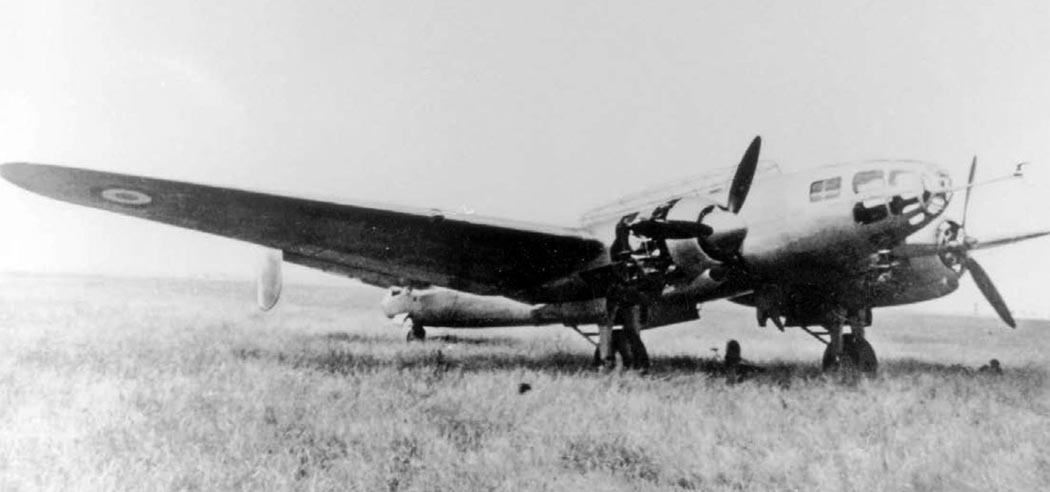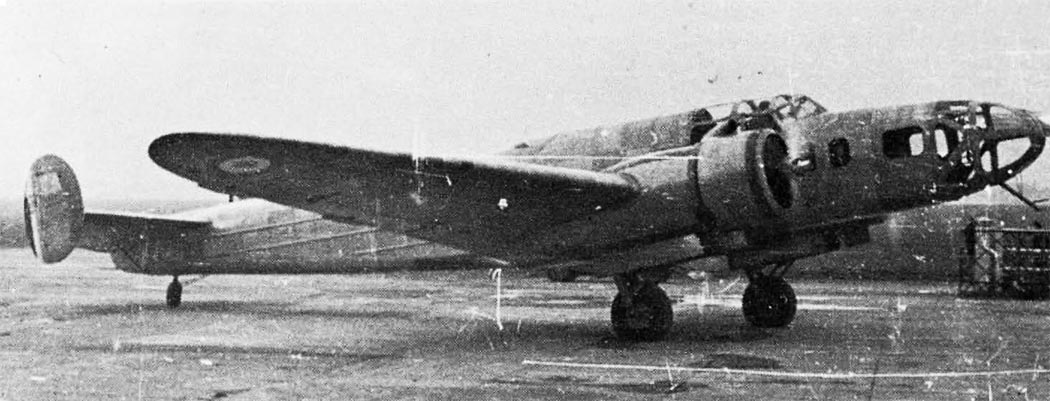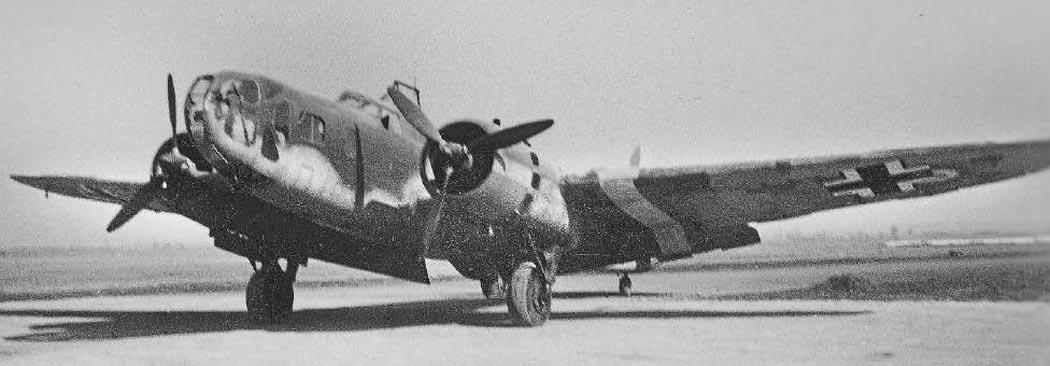Tag: aeroplane
-
Bloch MB.134 French Bomber Prototype

Bloch MB.134 French Bomber Prototype The Bloch MB.134 made its maiden flight on 22 July 1939. A development of the Bloch MB.131, it was designed as a medium bomber for the French Air Force. Heavily redesigned, it bore little resemblance to the MB.131 it was derived from. It was developed in parallel with the four… Read more
-
Bloch MB.133 French Bomber Prototype

Bloch MB.133 French Bomber Prototype The Bloch MB.133 was a French bomber prototype based on the MB.131. It introduced a twin tail, and was powered by Hispano-Suiza 14 Aa radial engines. It proved inferior to more modern aircraft. It was converted to the MB 131 standard and handed over to the Air Force. Following the… Read more
-
Bloch MB.131 in German Service

Bloch MB.131 in German Service Although based on the previous MB.310 design, the Bloch MB.311 was a more modern and aerodynamic design. The first prototype flew on August 12, 1936, followed by a second prototype on May 7, 1937. This second aircraft added a fifth crewman, relocated the dorsal turret, and added a ventral turret.… Read more